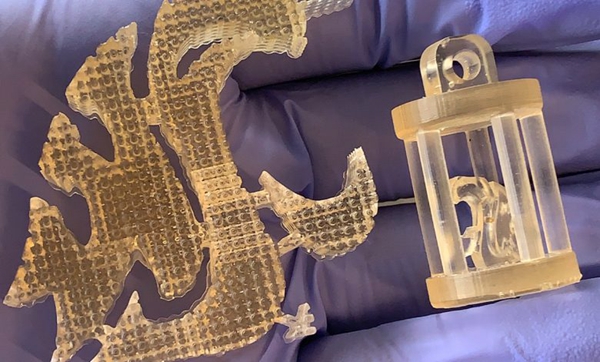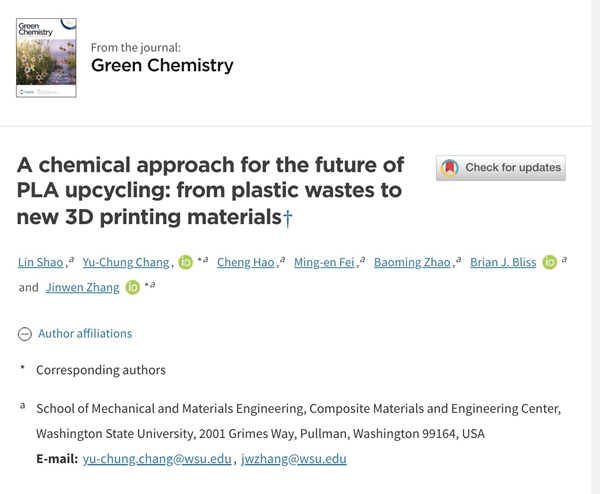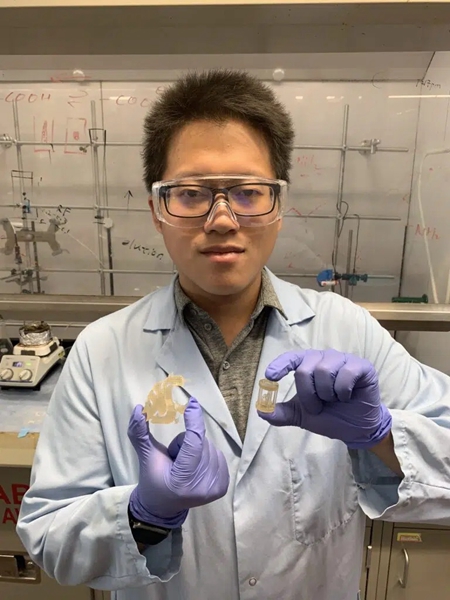September 4, 2022 - A research team at Washington State University (WSU) has developed a simple and effective way to recycle and convert polylactic acid (PLA), Mohou.com has learned. This is a method of converting commonly discarded plastic into a superior resin used in 3D printing, allowing for the recycling of plastic waste.

WSU research team uses recycled PLA plastic to create high-quality resins for 3D printing
We found a way to immediately turn it into something stronger and better, and we hope this will inspire people to 'upcycle' this stuff instead of throwing it away," said Yu Chung Chang, a postdoctoral researcher at Washington State University and one of the study's investigators. We make stronger materials directly from garbage and believe that the technology, in the future, will be very marketable."
According to the university, about 300,000 tons of PLA is produced globally each year, and use is increasing dramatically. Although it is bio-based, PLA, which is classified as a No. 7 plastic, does not break down easily. It can float in fresh or salt water for up to a year without degrading. Also, it is rarely recycled because, like many plastics, when it is melted and reformed, it will not perform as well as it did, losing its original value.
Although it's biodegradable, once you dig into it, you find that it actually takes up to 100 years to break down in the ground, and in reality, it still creates a lot of pollution in the environment," Chang said. We wanted to address that, and when people do start producing PLA on a megaton scale, we've got to know what to do with them."

In their research, published in the journal Green Chemistry, researchers led by Professor Jinwen Zhang of the School of Mechanical and Materials Engineering, developed a rapid and catalyst-free method to recycle PLA, breaking down the long molecular chains into simple monomers. The entire chemical process can be completed in about two days at ambient temperature. They explain that it is also cheap to use aminoethanol to break down PLA chemicals.

△ This method of converting plastics into 3D printing resins could also reduce the pressure from global plastic decomposition
If you want to rebuild a Lego castle into a car, you have to take it apart brick by brick, and that's what we did," Chang said. Aminoethanol cuts the PLA into monomers precisely, and once it's back into monomers, you can repolymerize it into something stronger."
Once the PLA was broken down into its basic building blocks, the researchers rebuilt the plastic and created a light-curing liquid resin that is commonly used as a printing consumable in 3D printers. When it was used in 3D printers and cured into plastic sheets, the product showed the same or better mechanical and thermal properties than commercially available resins.
While the researchers are focused on PLA, they hope to take this work and apply it to polyethylene terephthalate (PET), which is more common than PLA and has a similar chemical structure, but presents greater waste utilization issues.
They have reportedly filed a provisional patent and are working to further optimize the process.





